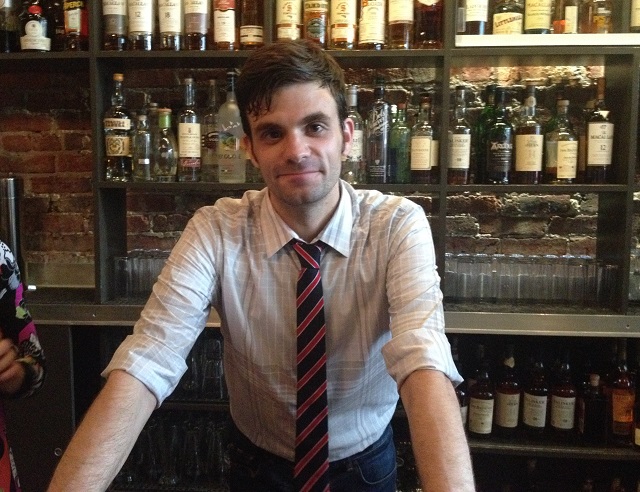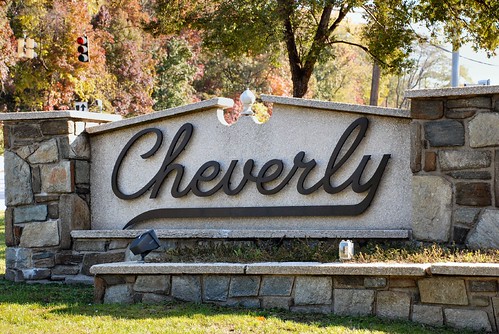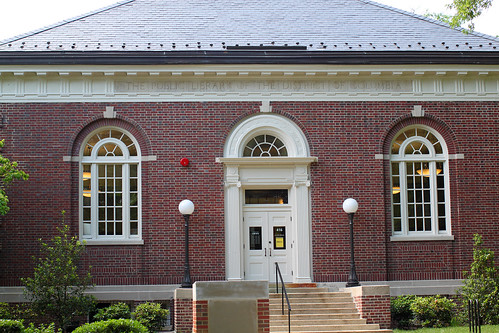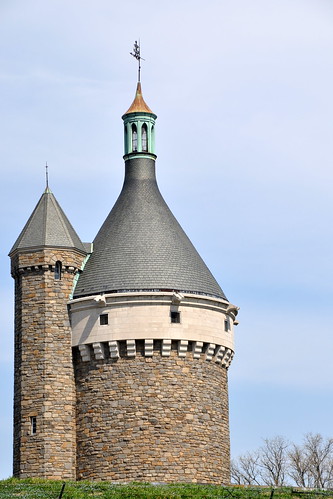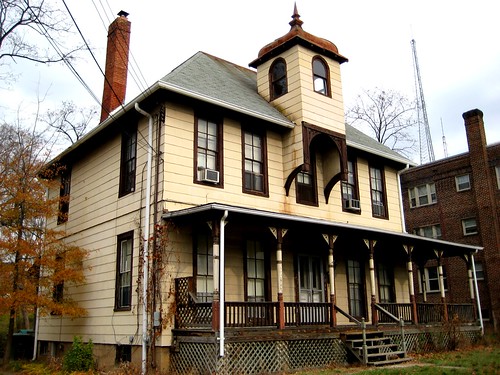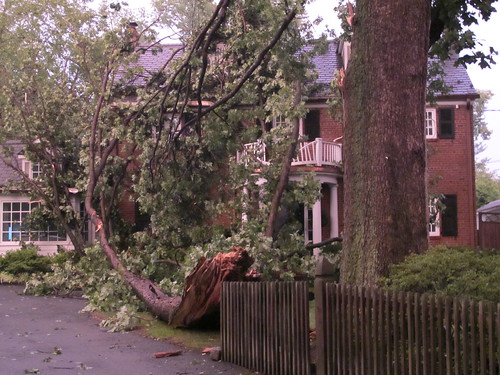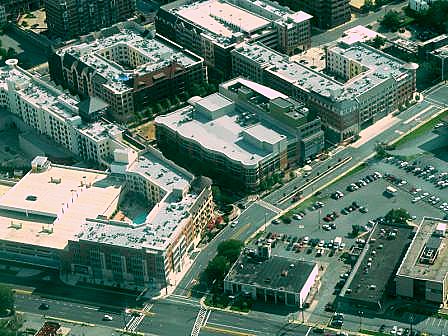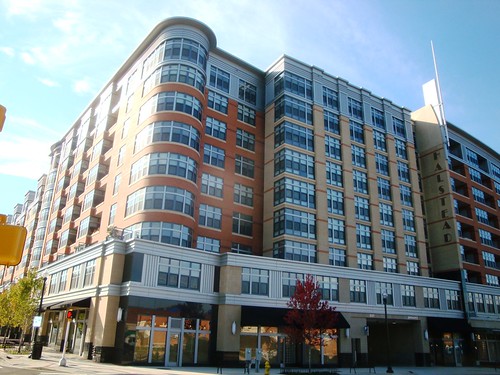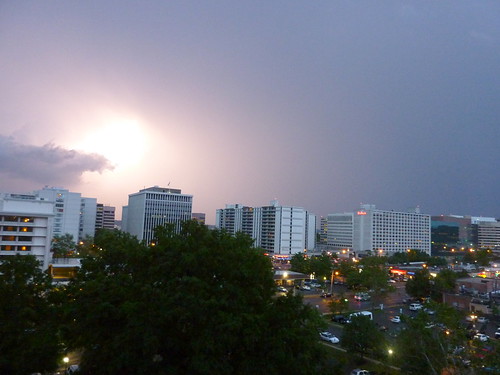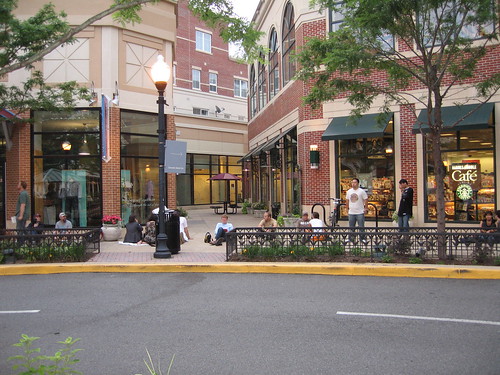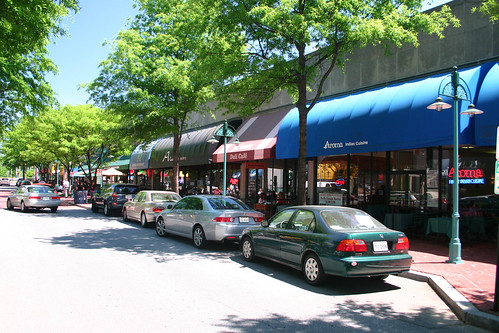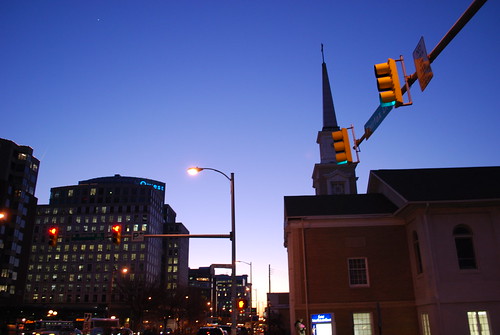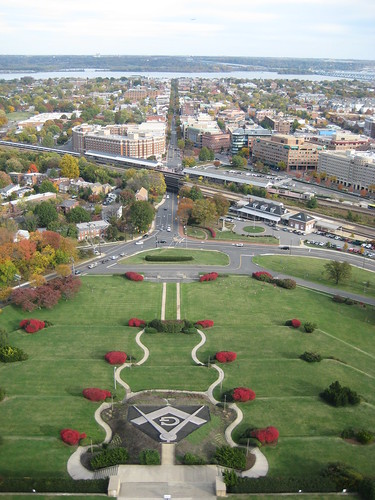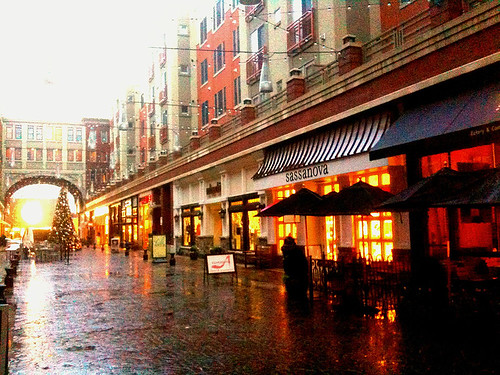Full disclosure: I really wanted to title this article “Why I (Still) Love DC: Take Two (or Ten)” but Jenn wouldn’t let me. (Something about ruining the pattern or other such reasonable editorial argument.) If you’re a long-time follower of We Love DC, you’ll know I wrote a similarly titled piece back in 2013 after this site’s fifth anniversary.
And then suddenly, here we are not two years later and the party’s over.
Back in the fall, when it was discussed about putting the old gal to rest, I didn’t really want to let it go. I’d hoped that a fresh generation, newer (or older) blood would pick up our baton, and sally forth. But alas–and unlike our lovely Congressmen and Senators on the Hill–our grand lady would not blather on about nothing, limping towards digital obscurity.
And I’m okay with that.
This will be my 647th and final post here at We Love DC. (And, for giggles, that’s about half-a-million words.) I never thought I’d be saying good bye, both to our readers and to the site.
It’s a bittersweet milestone for me, particularly.
2015 marks ten years –half my married life!– since I moved to the Metro DC area. My wife and I escaped a wretched employment outlook in Pittsburgh when the International Spy Museum took a chance and hired me to help run their retail shop. Brenda Young, my manager at the time (and she’s still there, I believe), was a true District resident from Capitol Heights and during our downtime in the office, would tell me all about this city and its secrets. Actually, considering where I worked and who I rubbed shoulders with on a frequent basis, I learned about a lot of secrets in the District…
Anyway, it was during my time there that I stumbled over Tom and his merry band of Metrobloggers. I applied to write, figuring I could bring a ‘fresh-behind-the-ears’ view to the team (only having been here two years at that point). I showed my bona fides and I was in.
And plunged straight into the depths of rebellion. Continue reading
